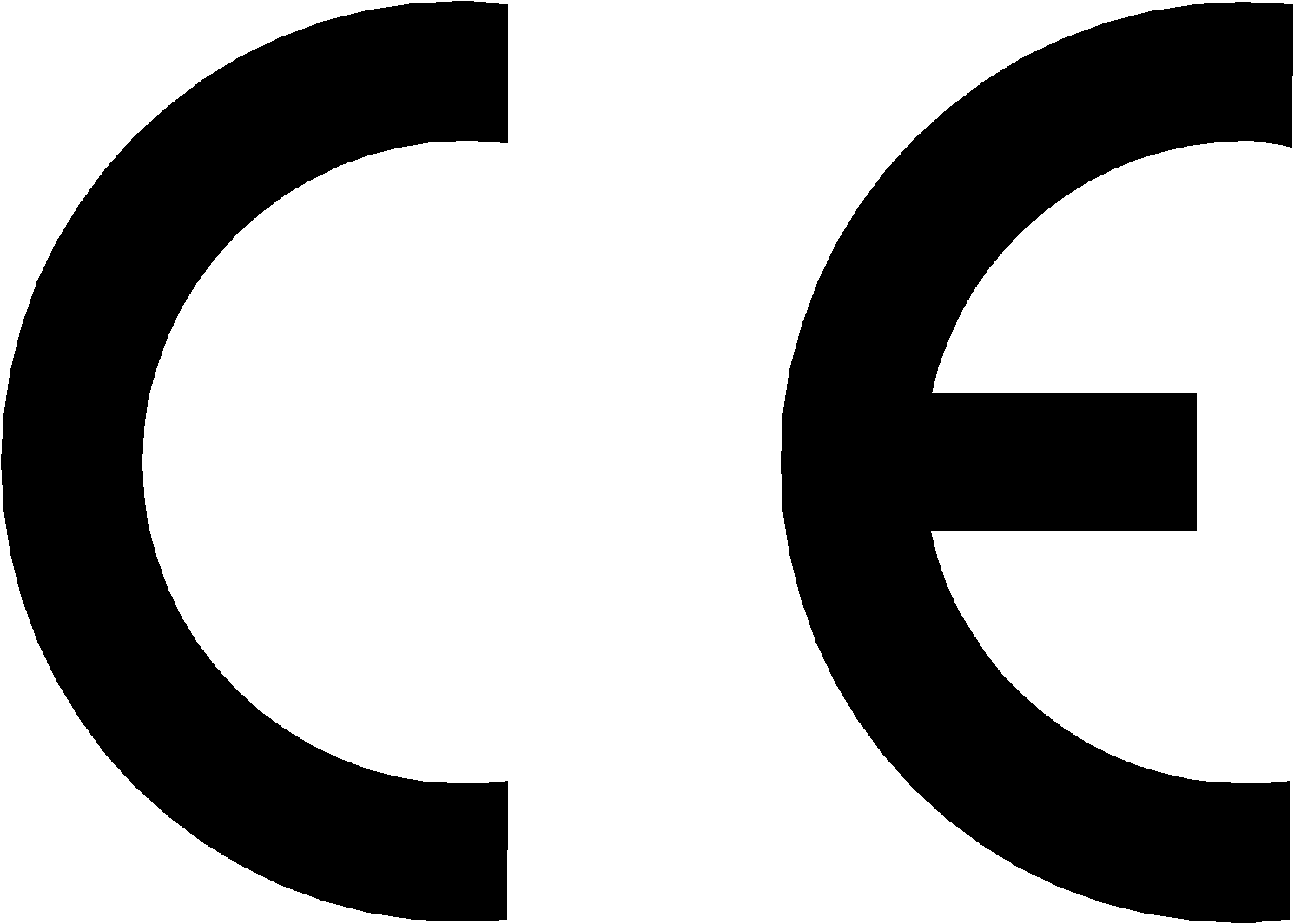
CE marking
The CE marking as it is legally called since 1993 (per directive 93/68/EEC) (abbreviation of French: Conformité Européenne, meaning "European Conformity") is a mandatory conformity mark for products placed on the market in the European Economic Area (EEA). With the CE marking on a product the manufacturer ensures that the product conforms with the essential requirements of the applicable EC directives. However originally "CE" stood for "European Community".
According to the European Commission the CE logo has become a symbol for free marketability of industrial goods within the EEA. Legally, the CE marking is no quality mark but depending on the applicable directive the CE marking factually can be considered to be a quality mark. Deviating from sectoral directives regulating other industrial goods, medical devices have to comply with "essential requirements" as described in Annex I of Directive 93/42/EEC, according to which medical devices have to be not only safe but also function in a medical-technical way as described in the manufacturer's "intended purpose". Compliance with these requirements is proved within a certified quality management system according to EN ISO 13485.
Process of CE Marking
1. Study which directive is applicable
2. Determine which standards are applicable
3. Test your product to ascertain if it complies
4. Make a test report
5. Make Technical Construction File: Technical documentation - The manufacturer must draw up a technical file (technical documentation).The technical documentation is intended to provide information on the design, manufacture and operation of the product. This is widely called 'Technical Construction File'.
6. Make a declaration that the product conforms to the standard(s).
7. Apply the CE mark on your product.
